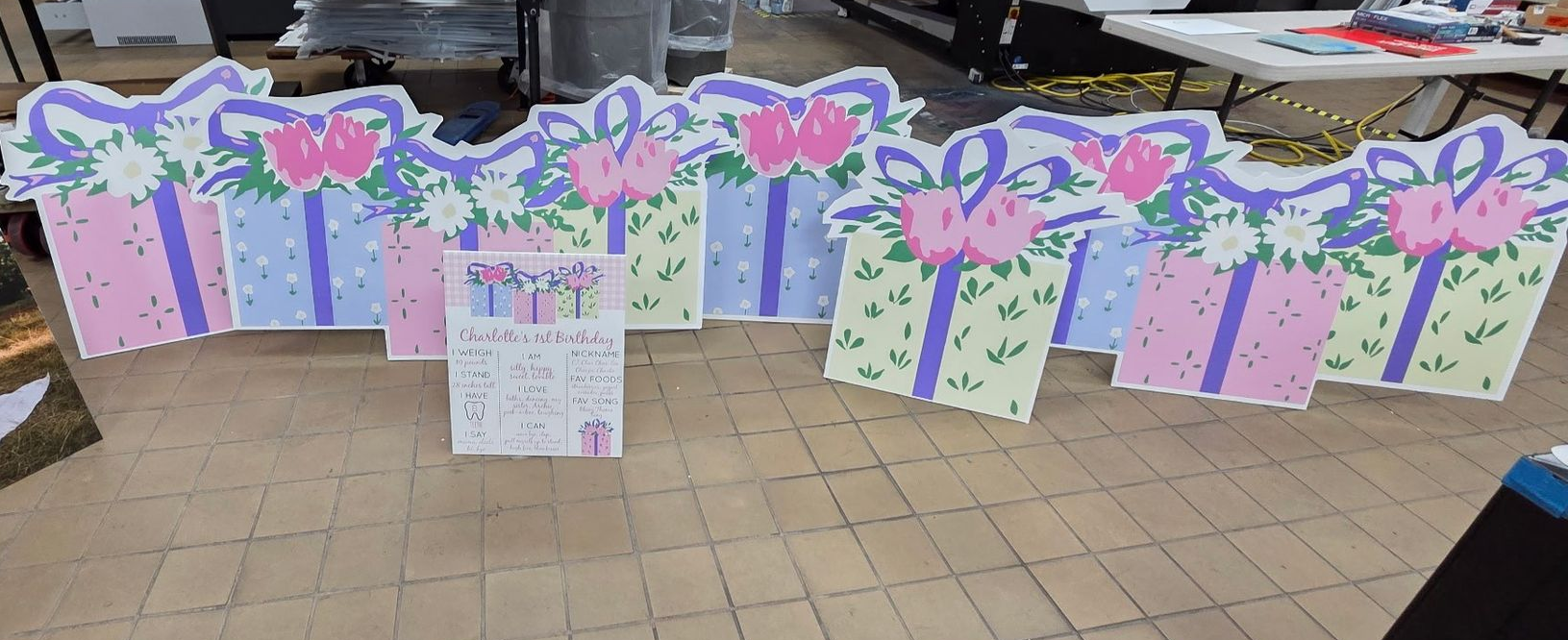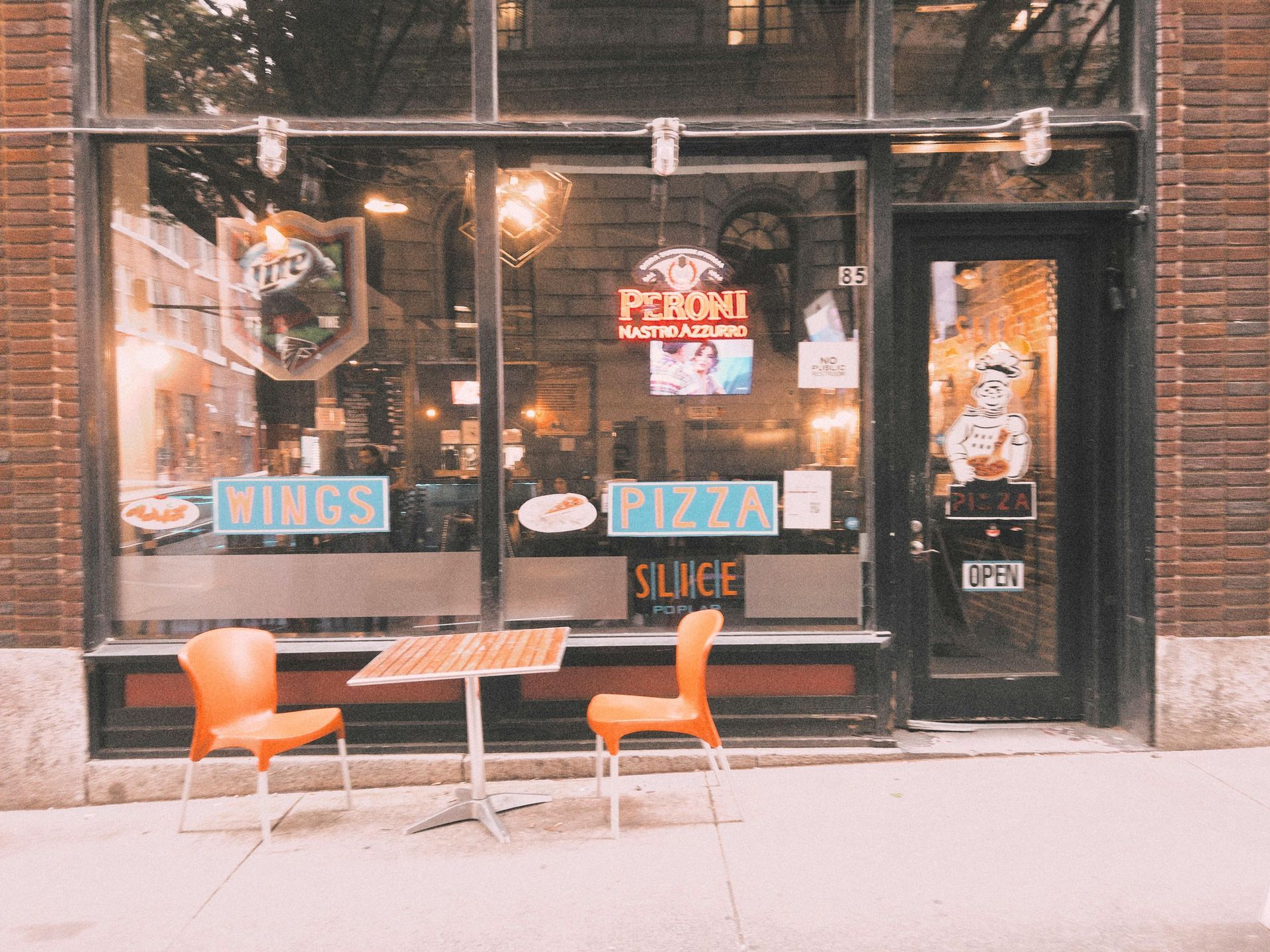The Power of Visual Marketing: Why Your Business Needs Large-Format Graphics
The Power of Visual Marketing: Why Your Business Needs Large-Format Graphics

In today’s crowded marketplace, businesses are constantly competing for consumer attention. With so many distractions, how can your business stand out? The answer lies in the power of visual marketing, particularly through the use of large-format graphics such as banners, window displays, and signs. These visual elements are more than just decoration—they are strategized tools used to significantly impact the presence of your brand and attract foot traffic.
Grabbing Attention with Large-Format Graphics
One of the best benefits of large-format graphics is their ability to grab attention instantly. Whether it’s a bold banner outside your storefront or a captivating window display, large-scale visuals create an immediate impact. People are naturally drawn to big, vibrant, and eye-catching visuals. A well-designed banner or sign can stop passersby in their tracks and entice them to engage with your business, whether by entering your store, attending an event, or following along on social media.
Increasing Foot Traffic
For brick-and-mortar businesses, increasing foot traffic is often a top priority. Large-format banners and window displays are great tools for drawing people into your store or venue. A well-designed window display can influence people who weren’t planning on visiting your business to become intrigued by what they see and decide to stop in.
Strengthening Brand Presence
Another major advantage of large-format graphics is their ability to strengthen your brand presence. Consistent branding across your signage, banners, and displays reinforces your business’s identity and makes your brand more memorable. Whether it’s a logo, tagline, or signature colors, large-format graphics help communicate who you are and what you stand for. They also create a professional image, positioning your business as an established and trustworthy entity in the eyes of potential customers.
All and all, large-format graphics are an often under-stated yet valuable component to any business’s visual marketing strategy. By leveraging banners, window displays, and signs, your business can grab attention, increase foot traffic, and further develop its brand presence.



